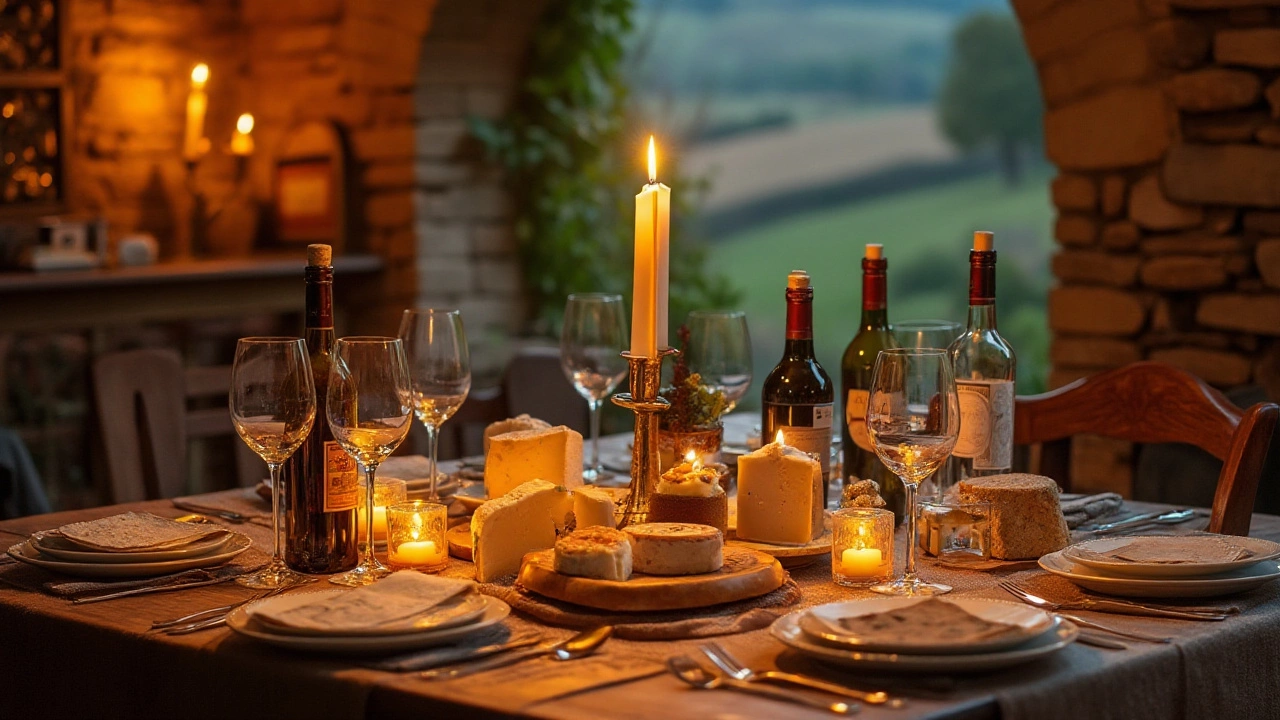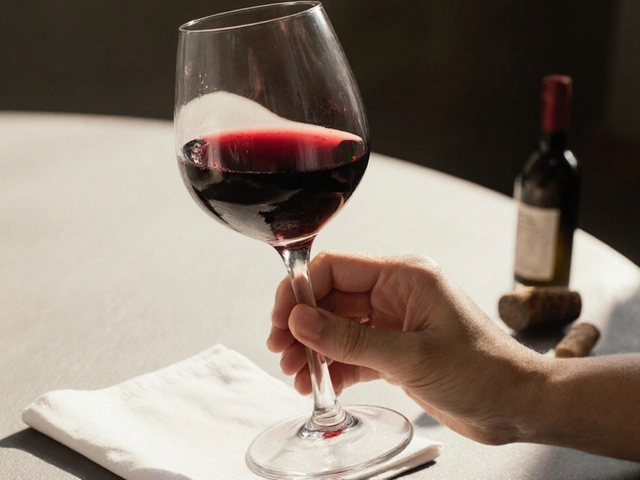Culinary Tradition – Why Old Food Ways Still Matter
Ever wonder why we still talk about cheese and wine, tea rituals, or vintage cocktails? Those habits aren’t just nostalgia; they’re shortcuts to better flavor. When a tradition has survived for centuries, it usually means it works. Below you’ll find quick ways to use those time‑tested tricks in everyday life.
Everyday Traditions Worth Keeping
First up, the classic cheese‑and‑wine combo. The science behind it is simple: fat in cheese smooths the wine’s acidity, while the wine’s tannins cut through the cheese’s richness. Choose a soft brie with a buttery Chardonnay, or a sharp cheddar with a bold Cabernet. You’ll taste the balance instantly.
Tea lovers also have a ritual that helps flavor shine. Pouring a small splash first, as many waiters do, lets the wine or tea breathe and release aromas. Try letting a new tea sit for a minute after the first sip; you’ll notice the flavor opening up. It’s a tiny step that makes a big difference.
If you’re into mocktails, the old rule of using fresh herbs still holds. A sprig of mint in a citrus mocktail adds brightness without extra sugar. It’s the same idea that made classic mojitos popular – fresh, simple, and effective.
How to Bring Tradition Into Your Glass
Before a wine tasting, many experts recommend a light palate cleanser. Water with a squeeze of lemon or a few cucumber slices resets your taste buds so you can hear each wine’s true notes. It’s a habit borrowed from professional tastings that works at home too.
When you’re mixing vodka, look at the old‑school combos: soda water, a twist of lemon, or a splash of cranberry. These mixers let the vodka’s character shine without overwhelming it. You can even add a dash of bitters for a sophisticated edge, just like classic bartenders do.
Thinking about a cheese board? Follow the traditional rule of variety: at least three textures (soft, semi‑soft, hard) and three flavor profiles (mild, sharp, salty). Pair each with a wine that matches the intensity – a light Riesling for fresh goat cheese, a robust Syrah for aged Gouda.
Finally, don’t forget the ritual of sharing. Whether you’re at a dinner party or a solo night in, describing the flavors you taste makes the experience richer. Say what you notice – “I taste stone fruit” or “there’s a nutty finish” – and you’ll train your palate faster.
All these traditions have one thing in common: they keep the focus on flavor, balance, and enjoyment. By borrowing a few simple habits from the past, you can upgrade any meal or drink without needing a fancy chef or a pricey bar.
Pairing cheese with wine is a tradition rooted in complementing flavors and enhancing the dining experience. The combination is an intricate dance of textures and tastes, which has evolved over centuries. Understanding the chemistry and cultural significance behind this pairing allows for a more rewarding and harmonious taste experience. Cheese and wine together offer a balance of acidity, sweetness, and texture, making each bite and sip memorable. This article delves into why they are paired together and offers tips for choosing the best combinations.
View Details

